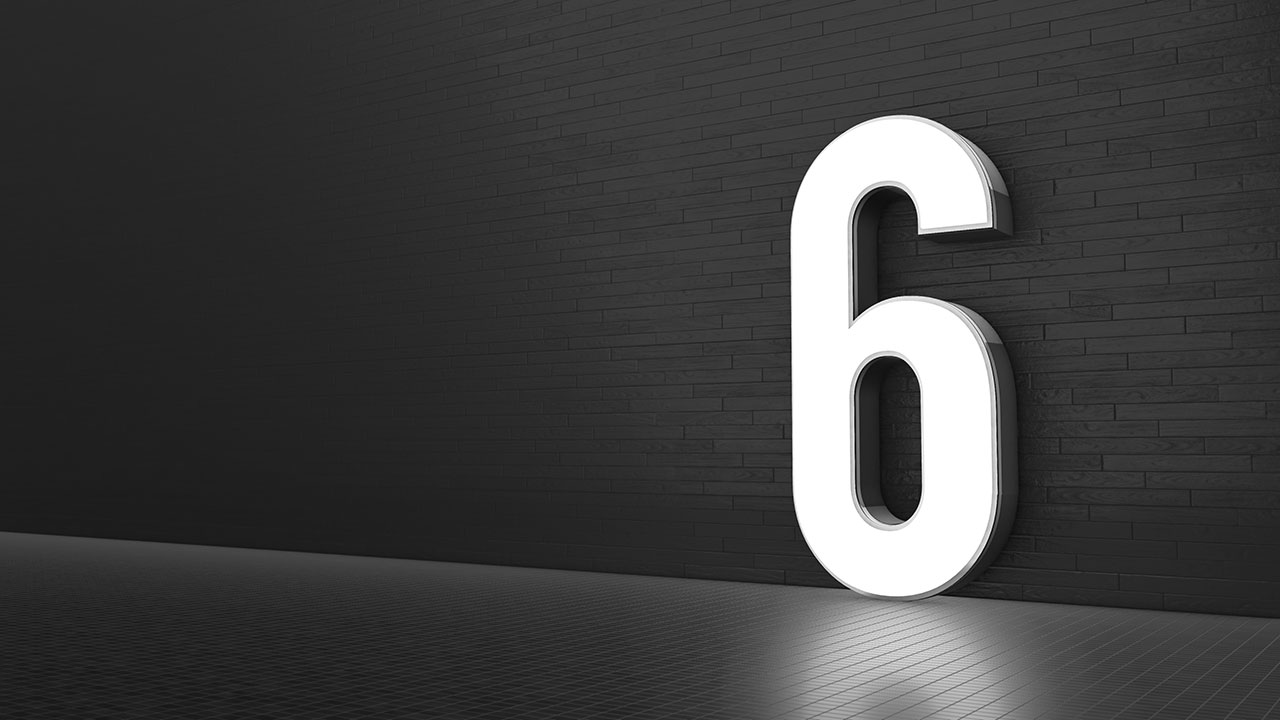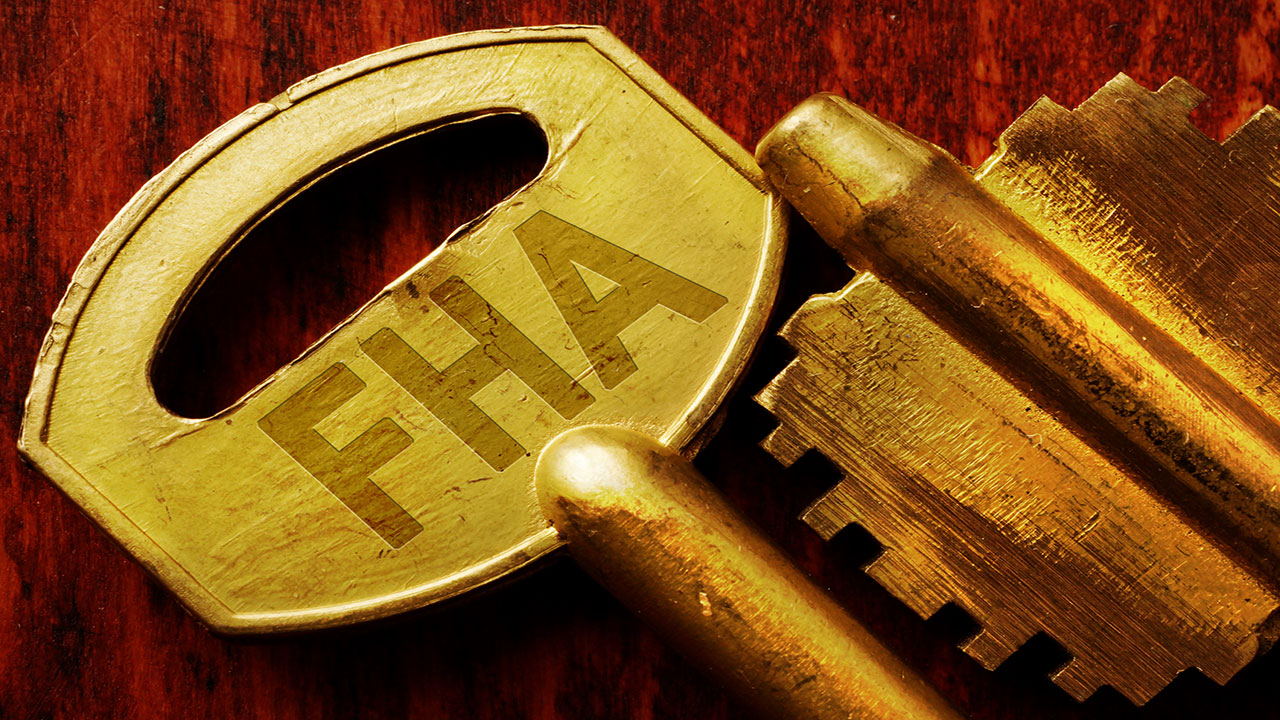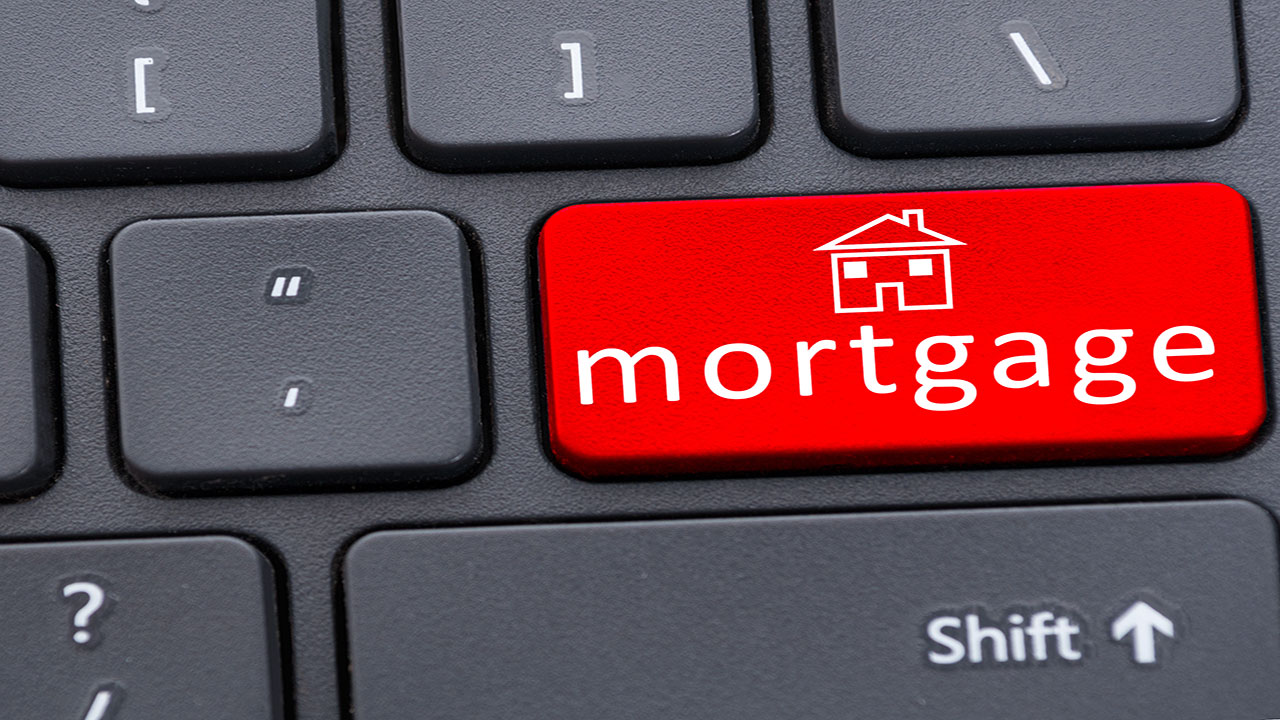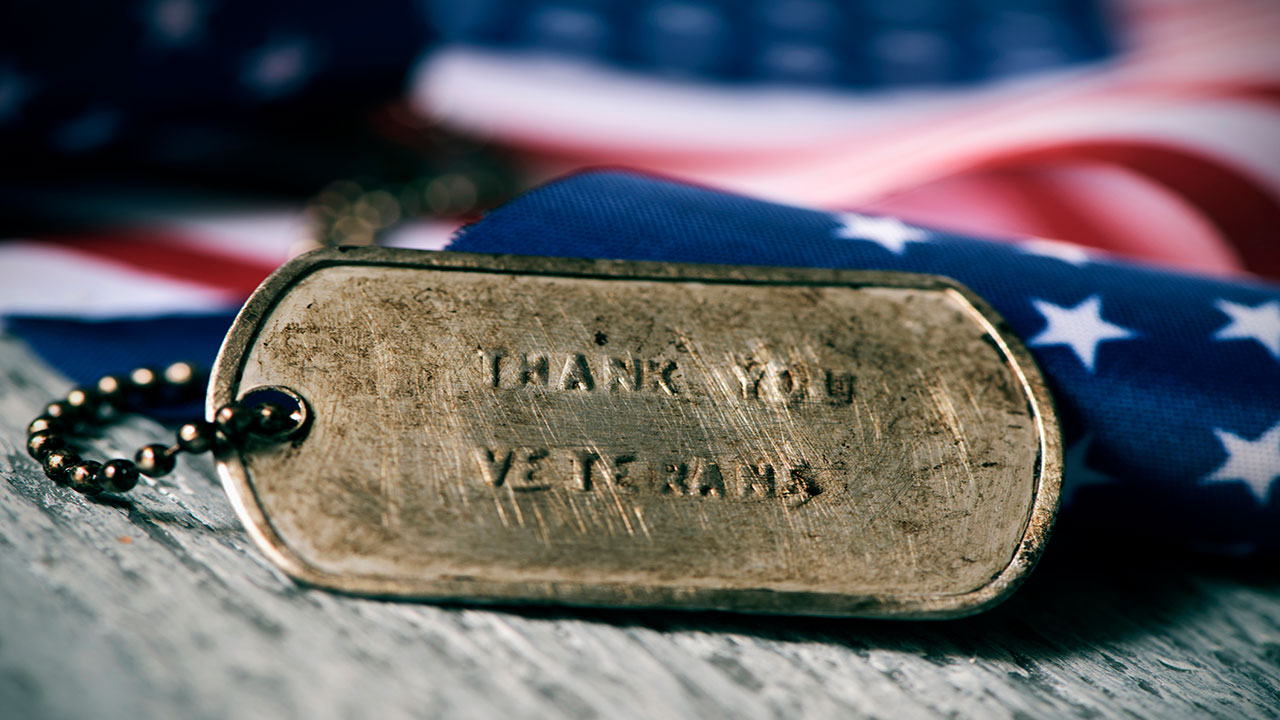6 Mortgage Programs That Allow For Low Down Payments

Based on the average price of houses these days, coming up with a down payment can be a major endeavor. According to the California Association of Realtors (CAR), the average price for a single-family existing home currently sits at $584,460. If you were to try and come up a 20% down payment, you would need to gather up $116,892! That’s a hefty sum for the average American, but conventional mortgages require 20%, or else Private Mortgage Insurance (PMI) will be applied. That means more money dished out.
Of course, it is not mandatory to put down 20%. Conventional mortgages will accept a minimum down payment of 5% towards the purchase price of a home, as long as your credit is in good standing and your financials are in check. Even still, 5% of the statewide average home price is $29,223, which is still a large amount for many borrowers to save up.
Luckily, there are several low down payment options available to homebuyers who struggle to save up a large down payment.
1. FHA Loan

One of the more popular mortgage programs available for those with a low down payment are FHA loans. This type of mortgage program is backed by the Federal Housing Administration (FHA) allows down payments as low as 3.5%.
While the government doesn’t actually fund the loans, it does provide lenders with some reassurance in case borrowers default on their mortgages. Not only are FHA loans good for borrowers with a low down payment, they’re also suitable for lower-income borrowers and those who don’t have excellent credit.
It should be noted that if your credit score is less than 580, you may have to put down slightly more than 3.5%. In addition, you’ll have to pay mortgage insurance premiums over the life of the loan if your down payment is less than 10%.
2. HomeReady Program
Fannie Mae’s HomeReady mortgage is also backed by the government and only requires 3% down to secure a mortgage. This type of program is geared towards low- to moderate-income borrowers with decent credit scores.
One of the great things about this program is that it can take into consideration the incomes of other adults living in the home. That means any grandparents, adult children, or siblings can include their income in the calculations to make securing a mortgage and coming up with a decent down payment much easier if you’re struggling to do so on your own.
3. Home Possible Program

Similar to Fannie Mae’s HomeReady program, Freddie Mac’s Home Possible program allows borrowers to put down as little as 3% towards a down payment. This mortgage option is great for low- to moderate-income homebuyers, as well as first-time homebuyers who are struggling to make the leap from renting to owning.
There are income limits that apply, however. In order to be eligible for this mortgage program, your income can’t go over the median income in the area where the home that you’re buying is located. That said, there are some exceptions, including situations where the home that’s being purchased is located in high-cost areas. In these cases, higher AMIs may still qualify.
4. Conventional 97 Program
Fannie Mae has another low down payment mortgage program for borrowers struggling to collect a large sum of money. The Conventional 97 program is designed to help borrowers who are only able to afford no more than a 3% down payment, and there are no credit requirements to qualify, either.
In addition, the Conventional 97 program allows 100% of the down payment to be a gift, as long as the proper paper trail shows that it is not a loan. Private Mortgage Insurance (PMI) is required on conventional mortgages with a loan-to-value ratio (LTV) of over 80%. However, once the LTV dips to 78% or below, PMI automatically drops off the mortgage.
5. VA Loan

If you’re a veteran or are the spouse of a veteran, you may be eligible for a VA mortgage, which is backed by the U.S. Department of Veterans Affairs (VA). These types of loans actually require no down payment at all and offer 100% financing, making them as affordable as mortgages can get. Not only that, but VA loans do not require any mortgage insurance, which can save you even more money over the life of the loan.
As far as credit requirements are concerned, individual lenders will have their own criteria for borrowers to meet. That said, the majority of lenders require a credit score of at least 620, though lower credit requirements may be found with specific lenders.
6. USDA Loan
USDA loans are meant for buyers who are purchasing a property in a designated rural area, as long as the property itself is not considered a working farm. This type of loan, which is backed by the U.S. Department of Agriculture, is designed to help stimulate growth and development of rural areas. In exchange, USDA loans do not require a down payment. In addition, the upfront fees are typically lower compared to other types of mortgages.
In addition to the type of property being purchased, there are also income restrictions in order for borrowers to qualify. The total household earnings – including all adults working in the home, including adult children – cannot exceed 115% of the Area Median Income (AMI). However, you may be able to deduct specific expenses from the total income amount.
Other requirements include a minimum credit score of 620 and a debt-to-income (DTI) ratio of no more than 45%.
The Bottom Line
Depending on your specific situation, you may be eligible for any one of the above mortgage programs that allow a small down payment, and sometimes none at all. Just keep in mind that mortgage insurance will most likely be required in most cases if your down payment isn’t above the 20% mark. Be sure to speak with a mortgage specialist who can walk you through all your options before settling on one particular mortgage program.
